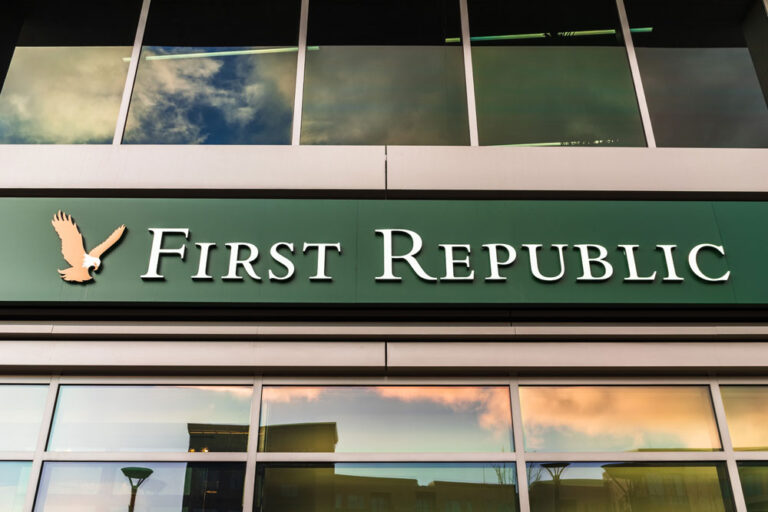
First Republic Bank, in the hands of the Federal Deposit Insurance Corp. (FDIC), was acquired by JPMorgan Chase & Co overnight. It is the third US bank failure in the last two months. The failure is the second largest US bank failure of all time. Investors withdrew more than US$150 billion in deposits in March.
Despite massive withdrawals, the bank soldiered on with the help of a coalition of 11 large US banks which provided more than US$30 billion in a support package.
The final nail in the coffin was an earnings report which showed customers had withdrawn more than half of the bank’s total deposits.
Key transaction elements following a competitive bidding process include:
- Acquisition of the substantial majority of First Republic Bank’s assets, including approximately US$173 billion of loans and approximately US$30 billion of securities
- Assumption of approximately US$92 billion of deposits, including US$30 billion of large bank deposits, which will be repaid post-close or eliminated in consolidation
- FDIC will provide loss share agreements covering acquired single-family residential mortgage loans and commercial loans, as well as US$50 billion of five-year, fixed-rate term financing
- JPMorgan Chase is not assuming First Republic’s corporate debt or preferred stock.
Also read: Australian Economic View – May 2023
Trading in First Republic Bank’s US$3.6 billion of preferred shares was halted. There is US$800 million in unsecured notes, that had lost around 75% of their value prior to the acquisition but last traded at pennies in the dollar. Shareholders are expected to be wiped out.
JP Morgan also absorbed Washington Mutual, the largest US bank collapse bank in 2008 at the height of the financial crisis.





























